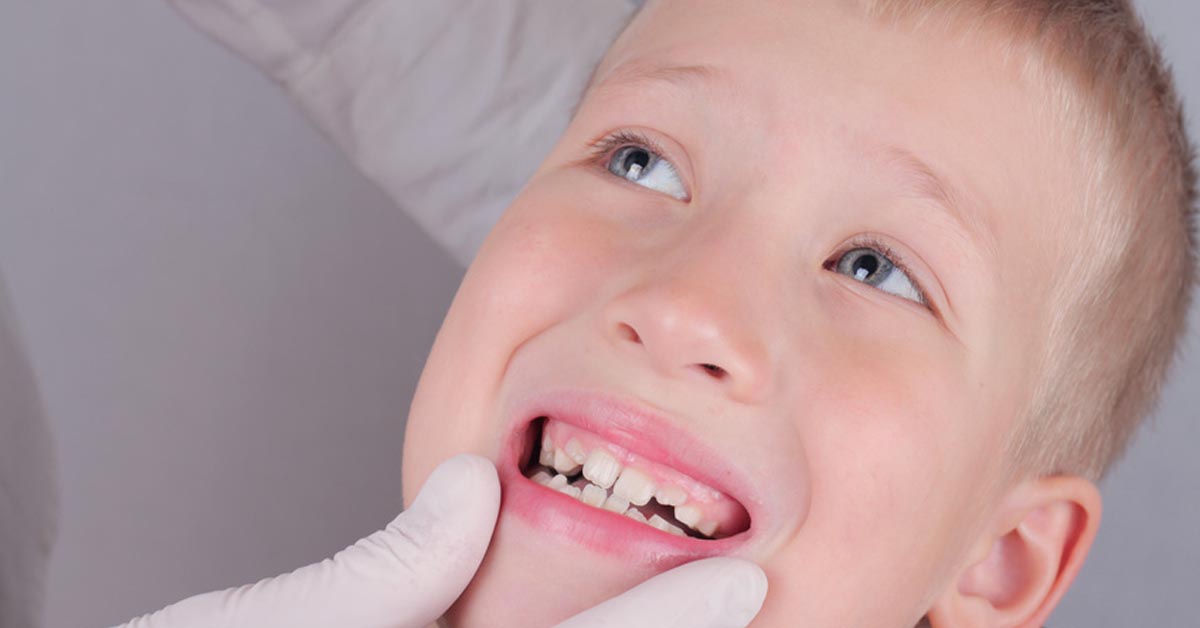
If you’re a parent, you’ve probably wondered if your child will need orthodontic braces. It’s a worry because braces are expensive, inconvenient – and not popular with your child! But as a parent, of course you want your child to have a straight smile. You can see the long-term health and cosmetic benefits.
Children’s orthodontics is one way to straighten a smile. But the uncertainty of braces is now being alleviated by a better understanding of dental arch growth.
The functional role of the face and teeth are key to your child’s dental health and normal development. To grow a straight adult dental arch, your child’s jaw and cranial bones must develop properly.
What’s the age for seeing an orthodontist?
Currently, the American Academy of Orthodontics recommend that children should see an orthodontist at age 7.
But here’s the problem. The causes of crooked teeth usually begin long before 7 years of age. A child’s jaw development is going into its final stages by age 7. The causes of a crooked jaw and/or teeth can stem from developmental issues that begin at birth – or even before!
Functional dentistry can now help to identify and address these causes of crooked teeth.
Myofunctional therapy and orofacial myology are two fields concerned with correcting these issues in children. But you may be able to at least identify some of your child’s dental problems yourself, if you know what to look for.
Ways to help your kids grow straight teeth
Key factors in healthy jaw growth and straight teeth include:
- Nasal breathing
- Tongue position
- Lip posture
- Skeletal posture
If your child has an unusual posture or breathes mainly through their mouth, they may have a facial muscle or development disorder. This can be due to a cascade of events at critical points in your child’s growth.
When a child is referred to an orthodontist at age 12 – or even 7 – these problems may have been present for many years. In fact, every breath, meal and posture can affect the development of your child’s jaw and teeth. This in turn affects their chances of getting or avoiding braces.
What are ‘crooked’ teeth?
Generally, crooked teeth are classified by the pediatric dentist or orthodontist.
Here are some broad classifications:
Cross bites
Where one of the top back teeth bites down inside the bottom back teeth. Cross bites are more common among children who snore.
There are two types of cross-bite:
- Anterior cross bite
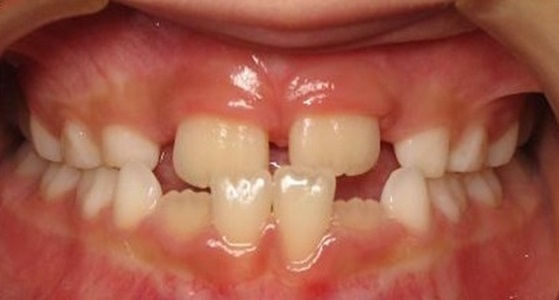
- Posterior cross bite (more common in mouth breathers)
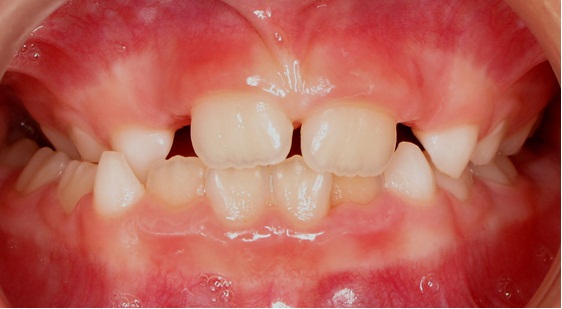
Anterior open bite
The upper and lower front teeth don’t meet, leaving a gap, but the back teeth bite together. This is most commonly due to thumb sucking or a functional habit.
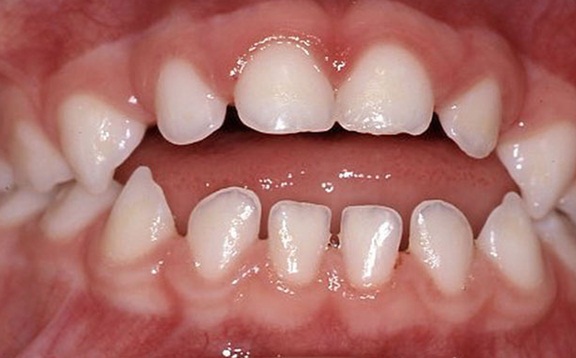
Class II malocclusion
When the lower teeth sit too far behind the upper teeth. It has been found to be more common in mouth breathers.
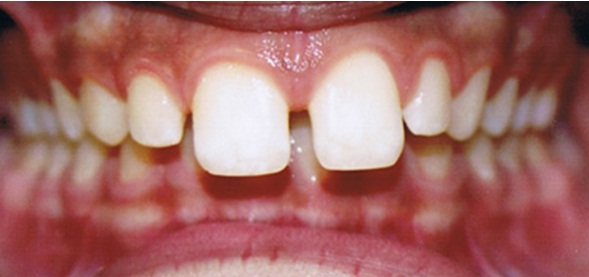
Common Cause #1: Incorrect Skeletal, Jaw and Teeth Development
Jaw development
Developing a wide palate is key to a child’s healthy teeth and jaw development.
Cranial imbalances can involve the skull, jaw, and vertebral bones. The development of the upper jaw or palate is the main factor directing the growth of these bones.
Maxilla or upper jaw
This houses the upper teeth, the hard palate and the lower border of the orbit (eye socket). The maxilla is the center of facial growth. Its development is driven by both nasal breathing and tongue posture.
Signs of an undergrown maxilla:
- High, thin, V-shaped palate
- Thin, long face (from the front)
- Lack of cheek bones
- Sunken midface or nose (from side-on profile view)
- Droopy or uneven eyes
- Crooked upper teeth (from age 7 plus)
The narrow palate and upper jaw distorts the nasal airway by lengthening the pharynx and decreases the nasal airway volume.
These changes are a risk factor for obstructive sleep apnea. Dental arch narrowing in children can increase risk of snoring and sleep apnea symptoms.
Mandible or lower jawbone
This houses the tongue and connects to your skull via the temporomandibular jaw joint (TMJ).
Signs of an undergrown mandible:
- Retruded chin
- Rounded jawline
- A lack of forward growth in the upper and lower jaws
- A side profile with jawline that swings down and backwards into the airway
Common Cause #2: Nasal airway obstruction
Nasal breathing is central to proper jaw and teeth development.
In one day you will take between 20 000 to 30 000 breaths. Normal breathing provides the forces that expand the maxilla and upper jaw.
If a child has a chronic blocked sinus or nasal obstruction, they may form a mouth breathing habit. It only takes a slight obstruction to increase pressure in the nasal airway and cause a child to revert to open mouth breathing.
Causes for nasal blockages and a chronic blocked sinus include:
- Sinus infections
- Enlarged nasal turbinates
- Deviated septum
- Swollen tonsils and adenoids
- Chronic upper airway infections
- Allergies
- The tongue falling into the airway during sleep
An assessment with an ear nose and throat (ENT) surgeon to assess the nasal airways is an important part of normal childhood facial development.
Common Cause #3: Incorrect Tongue Posture
In proper tongue posture, we should see the tongue up against the palate. The tip and back of the tongue should be pressed upwards to the palate. This activates all the muscles that connect to the jaw, the base of the skull, the spine and the throat.
A low and forward tongue posture indicates that your child’s tongue isn’t being pressed up against the palate correctly.
One of the best times to check your child’s tongue posture is when they are watching television. What do they do with their tongue? Can you see it? Do they poke it out?
Also consider:
- Do they have a tongue thrust when they speak?
- Do they have a lisp or speech impediment?
- Do they have a tongue-tie? This can prevent your child from achieving a high tongue posture. You can check normal tongue vs tongue-tie in this article.
- Is their palate narrow or V-shaped?
Swallowing incorrectly by straining facial muscles
During correct swallowing, the tongue should perform a wave motion across the palate. The motion exerts a widening, forward and upwards force, expanding the maxilla.
A child should have straight spinal posture, closed lips and nasal breathing when eating, swallowing and at rest. Watch your child’s normal swallow. Can they swallow food comfortably with their teeth together? If it looks uncomfortable for them, it’s likely they have some form of incorrect swallow.
Dysphagia or incorrect swallow
The most common form of incorrect swallow is a tongue-thrust swallow. This is where the tongue comes forward between the teeth during the swallow instead of against the palate.
Signs your child has an incorrect swallow:
- Their front teeth are held slightly apart with their tongue placed between them.
- There is an inadequate lip seal at rest.
- Cheek and chin muscles are used as compensation, which suck against the dentition. This puts a contraction force on the face and palate.
- Chubby cheeks. The buccinator ring – the group of facial muscles including your lips and cheeks – may become overdeveloped due to incorrect swallowing. It can result in bulging or chubby cheeks.
Common Cause #4: Poor Lip Posture
Your child’s facial muscles should close the lips at rest. If their lips don’t sit together at rest, it’s often due to a low and forward tongue posture.
Signs of lip incompetence:
- The lower lip is more likely to show flaccidity or floppiness than the upper lip. A flaccid lower lip that lacks adequate muscle tone will appear droopy and it can appear to roll forward.
- Muscle strain is seen over the chin or mentalis muscles as lips are brought into contact. You will see muscle dimpling/buckling in the skin overlying the vertically-positioned mentalis muscles. These muscles are below the corners of the lower lip, extending downward to an area lateral to the chin. By contrast, a normal lips-together rest posture should have no activation of the mentalis strain.
Common Cause #5: Oral behaviors
Certain non-nutritive sucking and oral behaviors can signal an oral development impairment.
- Thumb sucking and chewing habits
- Pacifiers
Many parents ask if pacifiers can make their baby’s teeth crooked. The answer is yes – pacifiers can cause an open bite. But the good news is, there’s plenty of time to correct oral behaviors in your child.
Crooked Teeth Can Be Prevented!
The causes of crooked teeth in children can begin from birth. By identifying proper oral function, you can correct your child’s habits before they cause malocclusion. This can help your child avoid braces in future – and grow a straight, strong smile!
Do you have any questions regarding your child’s bite? Leave them in the comment section below.
For more information on Dr. Lin’s clinical protocol that highlights the steps parents can take to prevent dental problems in their children: Click here.
Want to know more? Dr Steven Lin’s book, The Dental Diet, is available to order today. An exploration of ancestral medicine, the human microbiome and epigenetics it’s a complete guide to the mouth-body connection. Take the journey and the 40-day delicious food program for life-changing oral and whole health.
Click below to order your copy now:
US AMAZON
US Barnes & Noble
UK AMAZON
Australia BOOKTOPIA
Canada INDIGO
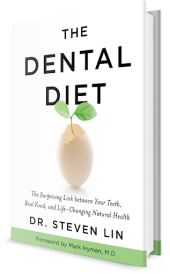
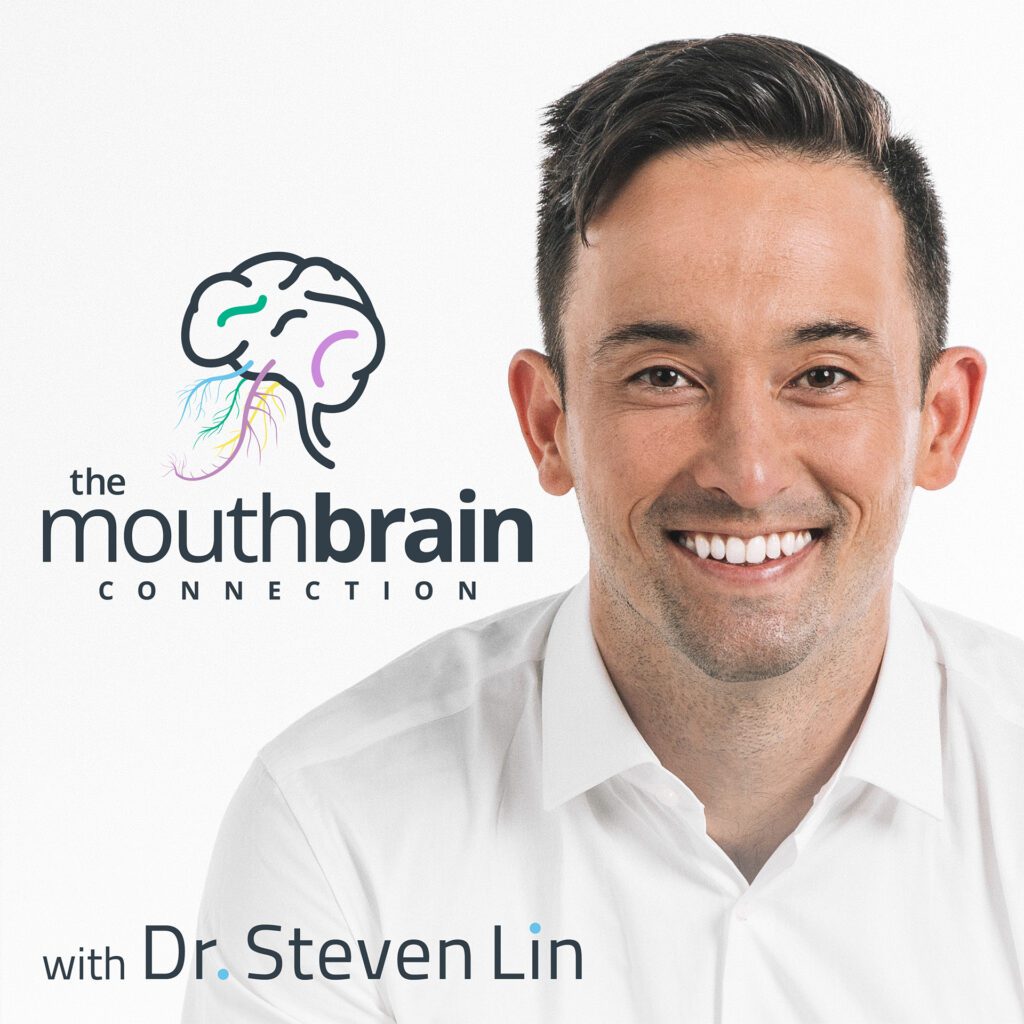

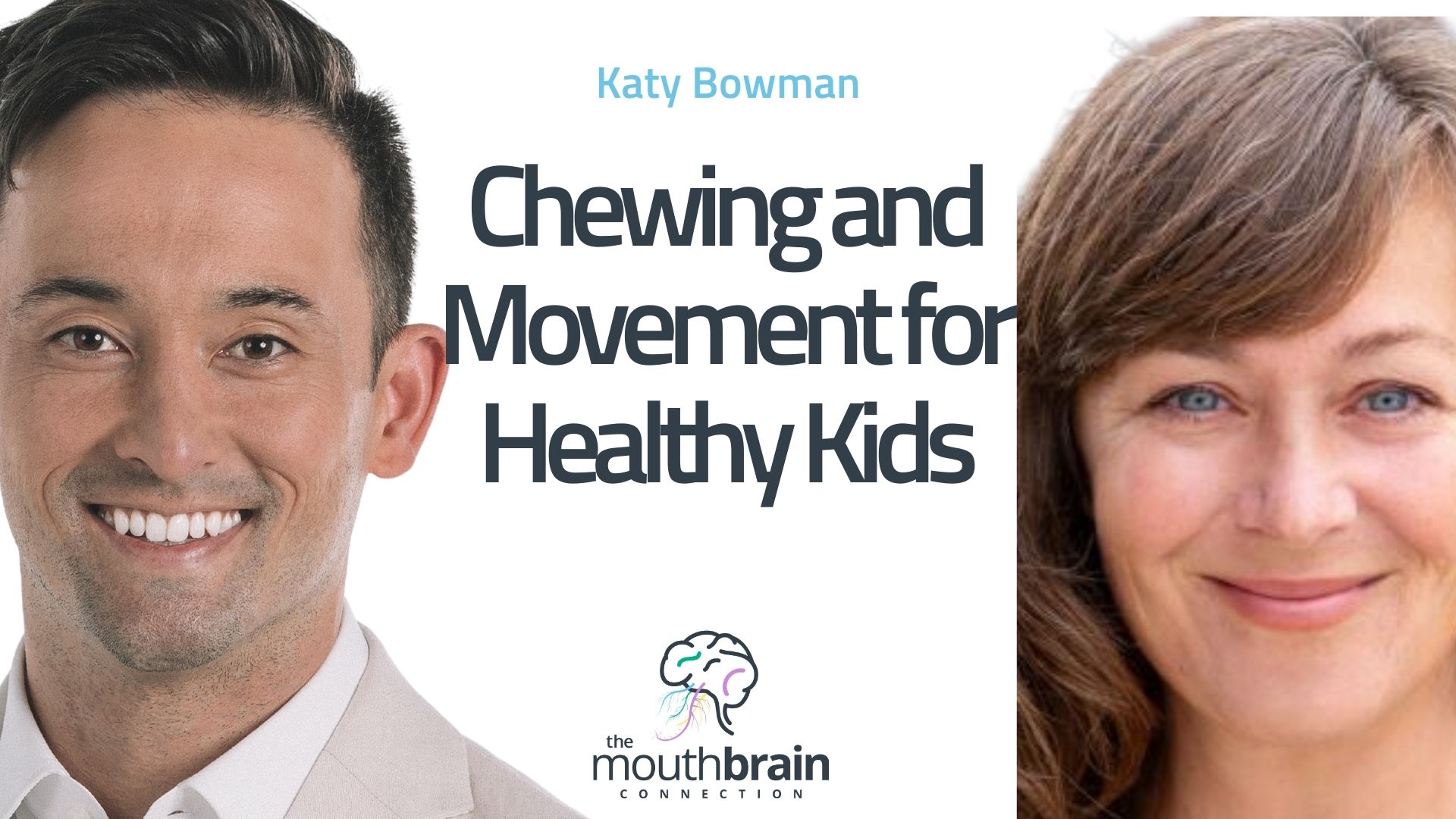
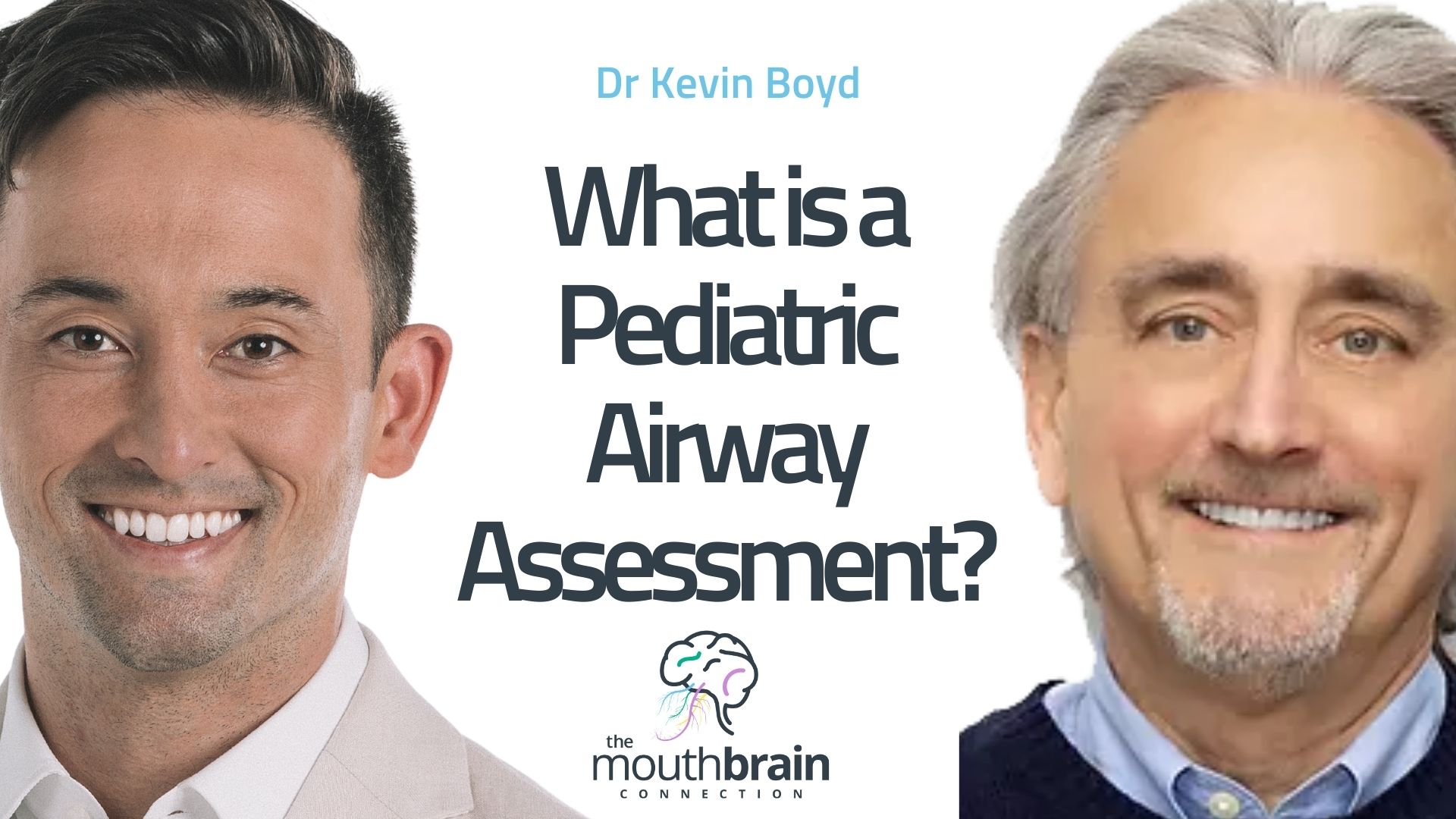
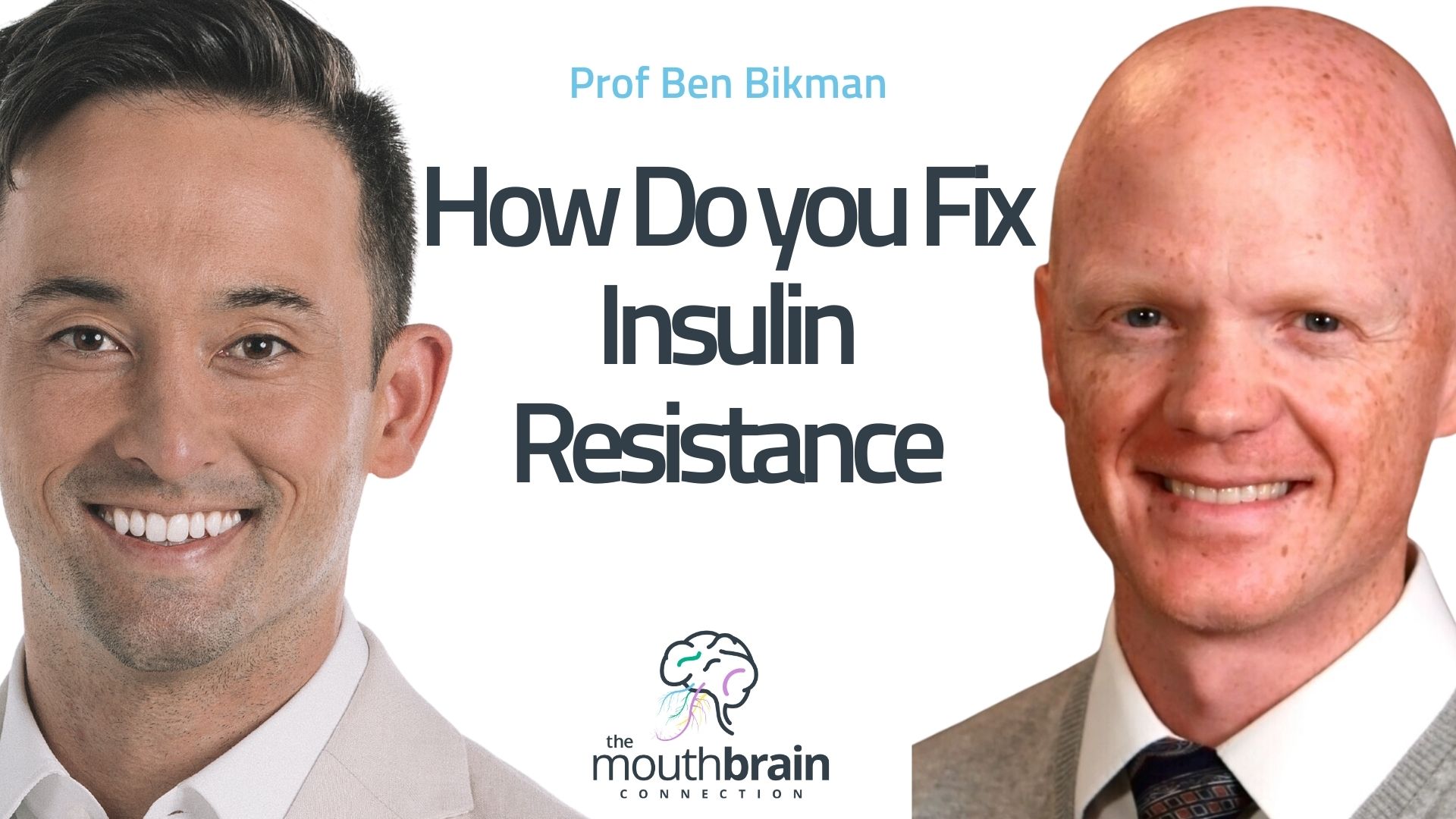


31 Responses
That is an absolutely amazing article and I have nothing but respect for your work. I have been working on the same thing and I’m seeing patients as early as 4-5 years of age and looking at all these things and informing the parents that the teeth are the last straw in the other cascade of events happening in their child’s body.
I would like to know when your book is released and would love updates on any research that your doing and would love to contribute to it too.
Warm Regards,
Dr. Hasan
Hi Dr,
Thank you so much for your kind words. I appreciate it. It’s an inspiration to hear your good work in preventing this problem, I would love to hear about it more.
The Dental Diet is out in January, your feedback would be most appreciated!
https://www.amazon.com/Dental-Diet-Surprising-between-Life-Changing/dp/1401953174
Dr Steven Lin
Terrific article! A must read for all dental hygienists as these are critical finds as we do our assessments and give recommendations to the parents.
Hi Ljiljana, Yes you’re exactly right, dental hygienists play a crucial role in the education and expanded use of oral health for overall wellness. Keep it up!
My question is about thumb/finger sucking. How damaging is this and if it is to be of concern, what can be done to help break the habit?
Hi Jessica,
Oral habits can cause malocclusions. An orofacial mycologist or myofunctional therapist can help to correct habits.
Here are some oral exercises to perform:
https://www.drstevenlin.com/home-exercise-program-prevent-braces-kids/
Hope this helps!
Dr Steven Lin
The teeth in my daughter’s lower jaw are very crowded. Is that something to be concerned about? Her palate does look high and narrow but I can’t immediately identify any of the issues you’re describing.
Thanks
Sandra
Hi Sandra,
How is her breathing and sleep? Important to have checked.
https://www.drstevenlin.com/teeth-grinding-and-reasons-for-snoring-in-kids/
Hope this helps!
Dr Steven Lin
Hi Dr Lin! I am so excited to find this site! Thank you for your work! My neice and nephew, 13 and 11 respectively both have pointed narrow upper jaws and canines protruding from the anterior gum. Would more Vit K2, Vit D and A help to remedy the situation ( thinking along the lines of Weston A. Price although it may be too late for that) and would you advise an orthodontic consult please? They were mouth breathers mostly as children but that seems to have resolved somewhat although the 13 year old has getting to sleep issues! Thank you Dr Lin. Jason.
Are there’s referring to the adult teeth that come in or do we watch with the baby teeth?
I’ve been told by a dentist that my daughters palate and Avery thing look good but her two front baby teeth came in cricked
Also as adults if I ha teeth grinding and thrust my younger forward at night in sleep how can I work with this?
Both my daughter I I do take emu oil for days and k2 to support teeth
I’d love to have a consult!!!!
Thanks for your work
Any one of your caliber in California to work with
Hi Suzanne,
Dr Mark Cruz in southern California is an excellent airway dentist. Check out the AOMT for a myofunctional therapist.
Here’s some info on sleep for kids
https://www.drstevenlin.com/teeth-grinding-and-reasons-for-snoring-in-kids/
In adults, check upper airway resistance syndrome.
https://www.drstevenlin.com/upper-airway-resistance-syndrome-part-teeth-grinding-choking-sleep/
Dr Steven Lin
Dr. Weston Price would say that most teeth malformation is caused by vitamin K2 dietary deficience during pregnance.
What are your thoughts?
This is the focus of my new book! The Dental Diet. K2 is one of the most misunderstood vitamins in human history.
Here’s a summary on the K2-heart connection.
https://www.drstevenlin.com/real-dental-heart-connection-teeth-improve-heart-health/
Hope this helps.
Dr Steven Lin
My 13 year old daughter is missing a lower adult molar. We follow a paleo diet and she is coeliac. Her gut health is fabulous now, after two years of healthy eating (initially guided by a naturopathic doctor). I’m interested in exploring our options for the missing tooth. The orthodontist says we can pull the baby tooth and move the others with braces to fill the gap or attempt to preserve the baby tooth (eventually needing a false tooth in adulthood)… Do you do phone consults or know someone I can see to advise us? We are in a Perth, thanks ?
Hi Steven
Your work is so desperately needed! Do you know of a specialist in the South East of England who can assess my son’s dentition and face?
Dr. I too would like a recommendation for the same reason in Pennsylvania. TIA.
Dr Mike Mew has a clinic in Surrey. He is the only Orthotropist in England at this moment in time who will be able to carry out what you are looking for.
I hope this helps.
Dr. If I am concerned about my 7 yr old daughter. Should I take her to a functional dentist or ENT? How do I get her assessed to rule out anything in this wonderful article?
Hi,
nice informative and detailed blog. Keep up the good work.
I would like to add-on similar and relevant information about the same.
Please refer to the mentioned link – https://www.dentician.in/What_causes_crooked_teeth_How_soon_can_you_correct_them.html
Thanks!
Very impressive blog. the way you explained the causes to crooked teeth its amazing. Hopefully it will help many adults and kids and the parents as well. We need to spread awareness on these issues as much as possible. I am sure many people gonna thank you for writing this blog! Good luck.
That’s cool! Crooked teeth !
Yeahhh…
Extremely noteworthy blog. the way you disclosed the causes to slanted teeth its stunning. Ideally it will encourage numerous grown-ups and kids and the guardians also. We have to spread mindfulness on these issues however much as could be expected. I am certain numerous individuals going to thank you for composing this blog! Good fortunes.
I am certain numerous individuals going to thank you for composing this blog! Good fortunes.
Hi there,
Thank you so much for your kind words! We’re glad that this helped.
Chelsea
Community Manager
http://www.drstevenlin.com
Hey Chelsea, Absolutely fantastic article. You have identified points that are unique and never heard before – for example, how many people really know that that tongue or lip posture can adversely impact their teeth growth and make them crooked… this is an eye opener.
I wanted to add a point to clarify myself that as a parent of a toddler, and a layman in dental knowledge, these points are unique and never heard before for me.
I am sure many parents would agree with my point.
Please watch you tubes of BEARS eating salmon, where you can observe how they hold the salmon with both paws, and pull at the flesh EQUALLY with their incisors and from each side. It is not enough to eat better foods-you must also chew purposefully to align teeth: watch puppy dogs chewing on twigs—-they hold the twig with both paws and angle it precisely to align all teeth as they gently and sometimes forcefully bite down, while rotating around the twig. They are doing their own, natural orthodontics , as puppies.
Same applies to HUMANS with erupting teeth: focus on how you are positioning a raw carrot when you chew to align the upper and lower teeth. Use your hands to feel the food and forces. Consider rotating the carrot to help align cusps. Avoid forks as much as possible.
Please ignore the recent biased statements from the American Association of Orthodontists which suggest that Extractions and Retractions don’t cause obstructive sleep apnea because the studies which the AAO selected to form their suggestions ignore critical variables: spinal posture while standing, sitting, sleeping, nasal breathing, tongue posture, enunciation without tongue deflection of the cranium/spine, swallowing pattern, pillows, sleeping environment, etc……. Orthodontists continue to attempt to defend the extraction of teeth because they can MAKE MORE MONEY EXTRACTING AND CLOSING SPACES than if they leave all 32 teeth and inform children to posture their tongue correctly, which can significantly improve forward growth, occlusion and alignment naturally by age 16 to 22. All animals and indigenous people naturally grow their teeth into alignment without extractions or ortho because they focus on optimal posture and chewing from birth -they have to for survival in the wild. Only Modern man ignores the growth of the human body.
A very well written blog explaining all the common causes to crooked teeth.
crooked teeth in my family is caused by dry air…while sleeping at night we start off nose breathing…then nose drys out very uncomfortable and we start to breathe through mouth and then the mouth drys out and the body automatically GRINDS the teeth to fabicate more moisture and if done repeatedly every night will grind teeth to shift and even crack…..always had nice teeth until wood stove and air heat…now we all sleep with a humidifier and lowered heat during sleep.